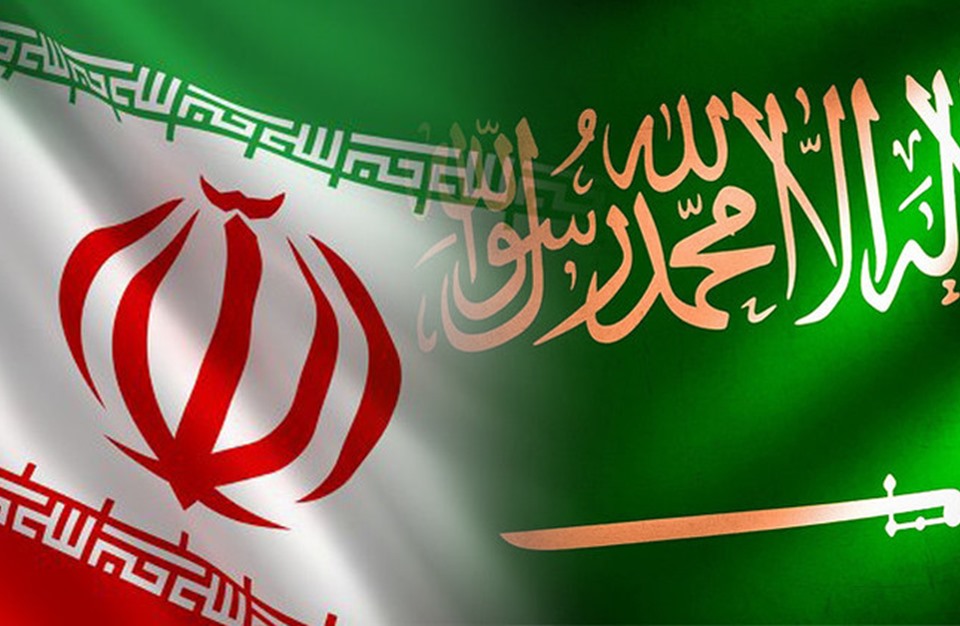Saudi-Iranian skirmishes
June 21, 2017 | Expert Insights

Saudi Arabia has made an explosive claim that it has captured three of Iran’s Islamic Revolutionary Guard Corps members from a boat that was seized last week. However, the situation has resulted into a war of words with Iran denying those very claims.
Background
According to the Head of Border Affairs at Iran’s interior ministry, Majid Aghababaie, the three people arrested are fishermen from the southern Iranian port of Bushehr.
Saudi Arabia on the other hand claims that Iran intended to attack the Saudi territorial waters as it seized weapons from the boat captured in the Gulf. However, the kind of weapons that were found has not been declared.
Earlier on Saturday, Iran accused Saudi coastguard of killing one of its fishermen after two fishing boats might have drifted into Saudi waters. It has also blamed Saudi for having a role in the Tehran attack earlier in June.
Saudi-Iran tensions
Relations between the two regions have deteriorated post the Iranian revolution in 1979 after Iran accused Saudi Arabia of being an ally of US and representing the interests of the United States over Islam.
The two countries have remained divided on political ideologies and governance. Iran, a Shia dominated country, is opposed to monarchy which it believes is against the tenets of Islam. While Saudi Arabia, a Sunni dominated country, follows a conservative monarchy.
The current Saudi-Iranian tensions are likely to intensify in the future. The main area of contention is Iran’s support of proxy groups in Middle Eastern conflicts (primarily in Iraq and Syria and allegedly in Yemen and Bahrain). Iran has been indirectly fighting Saudi Arabia in these regions.
Both the countries have been supporting proxy groups on opposite sides in Syria. Iran has been extending support to Lebanese Hezbollah and Saudi Arabia supports a number of Salafi jihadist militias that are allied to Jabhat Fateh al-sham which is an al-Qaeda affiliate. Iran has been sending a number of its revolutionary guards to Syria, while Saudi sends arms and ammunition to rebel groups in that region. In Yemen, however, the Saudi forces are waging a military campaign against the Houthis, who took over the country in early 2015.
Bahrain, where a Sunni monarch rules over a majority Shia population, has a gray area in the proxy war between Saudi Arabia and Iran. Saudi Arabia alleges that Iran incited the demonstrations there in 2011. Saudi Arabia had sent troops to combat those protesters and this has led to further conflict between the two countries.
More recently, Saudi Arabia seems to have hardened its stance against the Shia minority. In January 2016, Saudi Arabia assassinated the prominent Shia leader Sheikh Nimr al-Nimr, along with forty-six others, angering Iran and resulting in further breakdown of diplomatic relations between the countries.
Lastly, on the economic front, Saudi Arabia and Iran have increasingly competed in the international oil market especially after the Iran nuclear deal framework agreement was reached in January of 2015 between Iran and a group of world powers.
Assessment
The cold war between Saudi Arabia and Iran has resulted in the conflict and crisis spreading to the entire Middle East and beyond.
Our assessment is that the current conflict between the two countries is not entirely a Shia-Sunni conflict. It is the aspiration of each of these power houses to control the narrative in the Middle East. We feel that the situation is now far more complicated with the advent of major actors like United States, Russia, Turkey, Syria, Israel and Qatar. The region is still the largest producer of fossil fuel in the world.








Comments